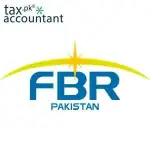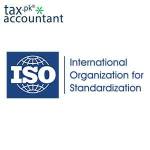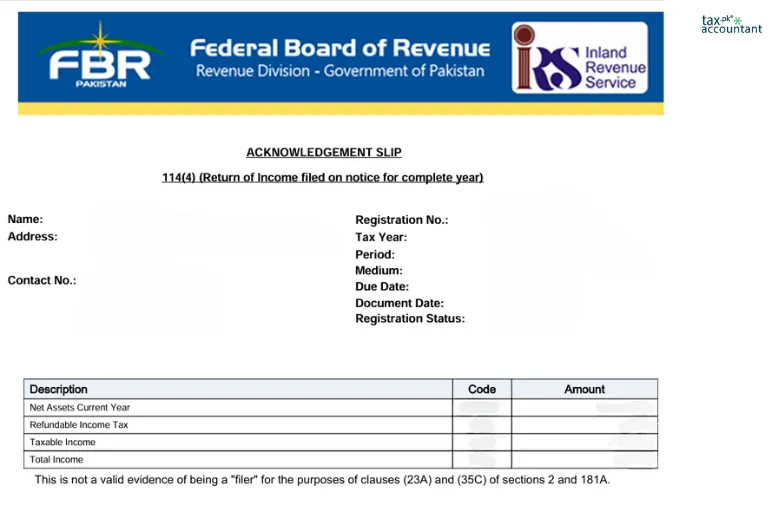
Form A, also known as the Annual Return, is a crucial document mandated by the Securities and Exchange Commission of Pakistan (SECP) for companies operating under the Companies Act of 2017. This form serves as a statutory return that companies must submit annually, providing a comprehensive snapshot of their status at a specific date, typically the date of the Annual General Meeting (AGM).
Understanding Form A is essential for compliance with legal requirements and maintaining good standing with regulatory authorities.
Purpose of Form A
The primary purpose of Form A is to report on various aspects of a company’s structure and operations. It includes information about the company’s directors, officers, shareholders, and other relevant details. This annual return is not only a legal requirement but also helps in maintaining transparency and accountability within the corporate sector.
Who Needs to File Form A?
All companies registered under the SECP that have share capital are required to file Form A annually. This includes:
- Private limited companies
- Public limited companies
- Foreign companies operating in Pakistan
However, companies that have not experienced any changes in their particulars since the last filing may have the option to submit an alternative form, Form 24, instead of Form A.
Key Components of Form A
Form A encompasses several critical pieces of information that must be accurately reported. The following are the key components included in this form:
1. Company Information
- Company Name: The registered name of the company.
- Registered Office Address: The official address where the company is based.
- Email and Contact Information: Contact details for communication purposes.
2. Financial Information
- Authorized Capital: The total capital that the company is authorized to issue.
- Paid-up Capital: The amount of capital that has been paid by shareholders.
3. Management Details
- Directors: Names and details of all directors currently serving.
- Chief Executive Officer (CEO): Information about the CEO.
- Chief Financial Officer (CFO): Details regarding the CFO.
- Company Secretary: Information about the company secretary.
- Auditors and Legal Advisors: Names and details of appointed auditors and legal advisors.
4. Shareholder Information
- Members/Shareholders: A list of all shareholders along with their respective shareholdings.
- Changes in Shareholding: Any changes in shareholding since the last submission must be reported.
Filing Requirements for Form A
When to File
Companies must file Form A within 30 days following their AGM. If no AGM is held, the form should be submitted by January 30th of the following year. For example:
- If a company’s financial year ends on June 30th, it must hold its AGM by October 28th and file Form A by November 28th.
Failure to file within this timeframe can result in penalties imposed by SECP.
Filing Process
The filing process for Form A can be completed online through the SECP’s official website or through designated legal advisors who specialize in corporate compliance. The steps typically include:
- Downloading Form A from the SECP website.
- Completing all required sections with accurate information.
- Submitting the completed form electronically or via physical submission at the SECP office.
Consequences of Non-compliance
Failure to submit Form A on time can lead to significant penalties, including fines imposed by SECP. Additionally, non-compliance can affect a company’s reputation and operational status, potentially leading to further legal complications.
Changes to Filing Regulations
Recent updates to regulations have streamlined some processes related to annual returns:
- As per recent amendments, inactive companies that previously filed Form D now file Form A instead.
- The introduction of new forms has replaced older ones; for instance, Form C has been replaced with Form 24.
These changes aim to simplify compliance requirements while ensuring that all companies maintain accurate records with SECP.
Importance of Accurate Reporting
Accurate reporting through Form A is vital for several reasons:
- Regulatory Compliance: Ensures that companies adhere to legal requirements set forth by SECP.
- Transparency: Provides stakeholders with insight into the company’s operations and governance structure.
- Investor Confidence: Accurate filings can enhance investor trust and confidence in a company’s management practices.
Form A is an essential component of corporate governance in Pakistan, serving as an annual return that provides critical information about a company’s structure and operations. Companies must understand their obligations regarding this form to ensure compliance with SECP regulations and maintain good standing within the business community.
How does Form A differ from Form 24?
Understanding the distinctions between Form A and Form 24 is essential for companies operating under the Securities and Exchange Commission of Pakistan (SECP) regulations. Both forms serve specific purposes within the framework of corporate compliance, but they cater to different scenarios and requirements.
Overview of Form A
Form A is primarily known as the Annual Return. It is a comprehensive document that companies must file annually, detailing their status as of a particular date, usually coinciding with the Annual General Meeting (AGM). This form is mandatory for all companies with share capital, and it includes information such as:
- Company name and registered address
- Details of directors, officers, and shareholders
- Financial information, including authorized and paid-up capital
- Changes in shareholding since the last filing
Companies are required to file Form A within 30 days after holding their AGM. If there are any changes in particulars from the previous year, Form A must be submitted to ensure compliance with the Companies Act of 2017.
Overview of Form 24
Form 24 serves a different purpose; it is specifically designed for companies that have not experienced any changes in their particulars since their last annual return. Essentially, if a company’s details remain unchanged, it can opt to file Form 24 instead of the more comprehensive Form A. This form is often referred to as the Annual Return with No Changes.Key features of Form 24 include:
- It simplifies the filing process for companies that have stable operations.
- It is generally less detailed than Form A since it only confirms that no changes have occurred.
- Companies must submit Form 24 within the same timeframe as Form A if they are opting for this alternative due to unchanged particulars.
Key Differences Between Form A and Form 24
| Aspect | Form A | Form 24 |
|---|---|---|
| Purpose | Annual return detailing company status | Confirmation of no changes since last filing |
| Filing Requirement | Mandatory for all companies with share capital | Optional for companies with unchanged particulars |
| Details Included | Comprehensive details about directors, shareholders, and financials | Minimal information confirming stability |
| Deadline | Within 30 days post-AGM | Same as Form A, but only if applicable |
| Applicable Companies | All companies with share capital | Companies whose particulars haven’t changed |
When to Use Each Form
Companies should choose between these forms based on their operational status:
- Use Form A if there have been any changes in directors, shareholding, or other key details since the last annual return. This ensures compliance and provides a full disclosure of company affairs.
- Use Form 24 if there have been no changes in particulars since the last submission. This option streamlines the process for stable companies while still fulfilling regulatory requirements.
In summary, while both Form A and Form 24 are essential components of corporate compliance under SECP regulations, they serve different purposes. Understanding when to use each form can help companies maintain good standing and adhere to legal obligations effectively.
When should a company file Form 24 instead of Form A?
In the context of the Securities and Exchange Commission of Pakistan (SECP), companies are required to file annual returns to maintain compliance with the Companies Act of 2017.
Among these, Form A and Form 24 serve distinct purposes, particularly regarding changes in company particulars. Understanding when to file Form 24 instead of Form A is crucial for ensuring adherence to regulatory requirements.
Overview of Form A
Form A is the Annual Return that companies must file if there have been any changes in their particulars since the last filing. This form provides a comprehensive overview of the company’s status, including:
- Company name and registered address
- Details of directors, officers, and shareholders
- Financial information such as authorized and paid-up capital
- Any changes in shareholding or management
Companies are required to file Form A within 30 days following their Annual General Meeting (AGM) or by January 30th if no AGM is held.
Overview of Form 24
Form 24, on the other hand, is specifically designed for companies that have not experienced any changes in their particulars since the last annual return. It is essentially a simplified version of the annual return, confirming that the company’s details remain unchanged.
When to File Form 24
A company should opt to file Form 24 instead of Form A under the following conditions:
- No Changes in Particulars: If there have been no alterations in the company’s information—such as changes in directors, shareholding, or financial details—since the last Form A was filed, then Form 24 is appropriate. This applies to companies that have stable operations without any modifications in their structure or management.
- Eligible Company Types: Generally, companies with share capital that have not changed their particulars can file Form 24. This includes:
- Private companies with paid-up capital exceeding three million rupees.
- Public companies.
Exemptions from Filing
Certain types of companies are exempt from filing either form under specific conditions:
- Single Member Companies (SMCs): These do not need to file an annual return if they have not experienced any changes.
- Private Companies with Low Capital: Private companies with a paid-up capital of three million rupees or less are also exempt from filing.
Filing Process for Form 24
The filing process for Form 24 is generally simpler than that for Form A since it requires less detailed information. Companies must still ensure that they submit this form within the same timeframe as Form A—within 30 days post-AGM or by January 30th if there’s no AGM.
In summary, a company should file Form 24 instead of Form A when there have been no changes in its particulars since the last annual return was submitted. This option allows companies to fulfill their regulatory obligations while simplifying the filing process.
About Umair A R Mughal
Umair A R Mughal is a unique professional who seamlessly blends the worlds of technology, finance, and regulatory compliance. With a solid foundation as a Chartered Accountant and a passion for technology, Umair offers comprehensive solutions that cater to the evolving needs of businesses in Pakistan.
View all posts by Umair A R Mughal

















